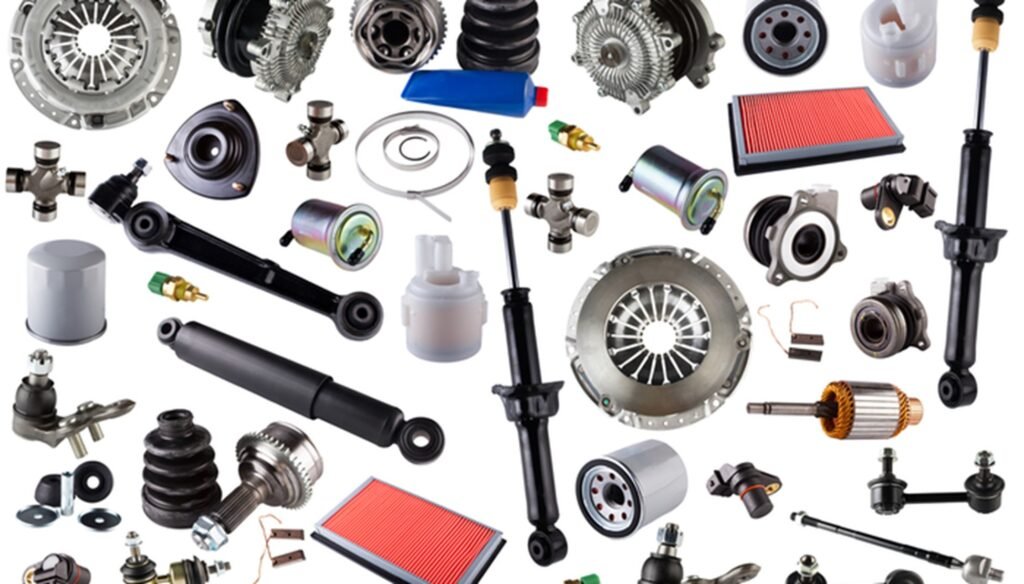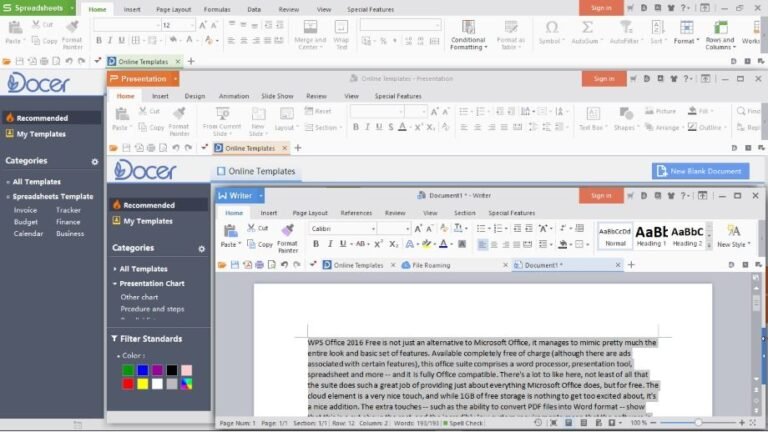
In the intricate machinery of your car’s engine, the drive belt plays a crucial role, though it often operates unseen and unnoticed. This essential component is responsible for transferring power from the engine to various auxiliary systems, ensuring they function seamlessly. Let’s delve into what a drive belt is, how it works, and why it’s vital for your vehicle’s performance.
What is a Drive Belt?
A drive belt, sometimes referred to as a serpentine belt or accessory belt, is a flexible loop of material that connects and drives multiple engine components. Typically made from durable rubber reinforced with cords of nylon, steel, or other materials, drive belts are designed to withstand high levels of stress and heat generated by the engine.
How Does It Work?
The primary function of the drive belt is to transmit rotational power from the crankshaft of the engine to components such as the alternator, water pump, air conditioning compressor, power steering pump, and other accessories. This ensures that these systems operate effectively while the engine is running.
Types of Drive Belts
- Serpentine Belt: This type of drive belt is named for its winding path through the engine compartment, wrapping around multiple pulleys and driving several components simultaneously. It is common in modern vehicles due to its efficiency and compact design.
- V-Belts: Older vehicles and some modern ones use V-belts, which are narrower and typically transmit power to a single component per belt. They are characterized by their V-shaped cross-section.
Importance of Regular Maintenance
Like other parts of your vehicle, drive belts require regular inspection and maintenance to ensure optimal performance and longevity. Over time, drive belts can wear out, become cracked, or lose tension, leading to inefficiencies or even failures in the systems they power. Regular inspections can identify signs of wear early, allowing for timely replacement before more significant problems arise.
Signs of Drive Belt Issues
Being proactive about monitoring your drive belt can prevent unexpected breakdowns. Look out for these signs that may indicate a problem with your drive belt:
- Squealing Noises: A common indicator of a loose or worn drive belt is a high-pitched squealing noise, especially during engine startup or acceleration.
- Visible Wear: Check the drive belt visually for signs of wear such as cracks, fraying, or glazing (shiny appearance), which can indicate it’s time for a replacement.
- Component Failure: If your alternator, water pump, or other accessories fail unexpectedly, it could be due to a failing drive belt.
Replacing Your Drive Belt
When it’s time to replace your drive belt, it’s crucial to use a high-quality replacement part that meets or exceeds the specifications of the original manufacturer. This ensures proper fitment and reliable performance.
Conclusion
In conclusion, the drive belt is a small yet critical component of your vehicle’s engine system, enabling the efficient operation of various important accessories. By understanding its function, monitoring its condition, and performing regular maintenance, you can ensure that your drive belt continues to perform its role effectively, contributing to the overall reliability and performance of your vehicle.
For more information on drive belts and other car parts, visit our website at CarParts247.
3.5






